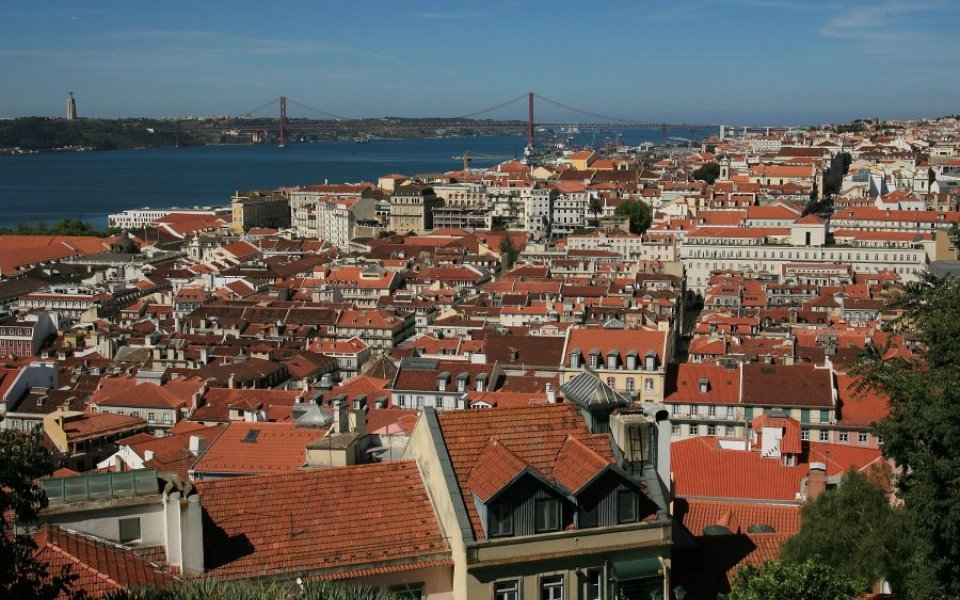Portuguese borrowing costs surge to highest since 2014

Portuguese government borrowing costs have shot up to their highest level since 2014.
The interest rate on the government’s 10-year bonds rose above 4.4 per cent today before falling back to 4.1 per cent. It was 2.5 per cent at start of the year.
The new left-wing government which took over last year has promised to roll back on Brussels-imposed austerity measures. However, in a Portuguese budget approved last week by the European Commission, austerity will be harsher this year than in 2015.
Despite the budget receiving approval, German finance Wolfgang Schauble said today that loosing the purse strings “would be very dangerous for Portugal”.
Portugal’s government debt is currently stuck at around 130 per cent of GDP.
Jeroen Dijsselbloem chairman of the Eurogroup, the group of Eurozone finance ministers, said Portugal needs to “stand ready if necessary to do more to with the [growth and stability] pact.”
“Portugal clearly remains under the watchful eye of financial markets too. Its government bond yields have risen sharply,” said economist Jennifer McKeown from Capital Economics, a consultancy.
“Further fiscal slippage could yet lead borrowing costs to surge to unaffordable levels.”
Portugal is aiming to achieve a budget deficit of 2.2 per cent of GDP this year, bigger than in previous budgets. But even this may prove difficult.
“While the EC made it revise down its growth forecast for this year from 2.1 per cent to 1.8 per cent, this still seems far too optimistic. If growth is closer to the one per cent that we expect, the headline deficit will be correspondingly larger. And the structural effort may also be less than promised if recent plans to reverse some privatisations are anything to go by,” McKeown said.